If you have been a fan of the Word Rally Championship, or WRC, at any point in the past, you know that it’s one of the most exciting motorsports events on the planet. For those that are new to the WRC, it’s a series of extremely challenging special stages that are driven at some pretty incredible speeds, with road sections in between that each need to be driven at a set speed and time to avoid penalties. While the special stages are where the action is, it’s also worth noting that the sanctioning body, the FIA (Federation Internationale l’Automobile), has put their most sustainable, environmentally friendly cars out for 2022.

Known as Rally1 Hybrid, these are top-tier cars, driven by the best of the best drivers. These cars also represent the largest technology and performance shift from a previous category of car since the end of the Group B era in the 1980s. Since 2011, the standard car has been a WRC 1 car, a 1.6L turbocharged monster putting out over 350 HP, driving all four wheels, and which could reach speeds of 200 KPH (124 MPH) while racing mere feet away from trees and rocks in the middle of a forest.
The Rally1 cars still carry 1.6L engines, but there have been some very significant changes since the last WRC 1 car finished the last stage of the 2021 season. We will look at how the hybrid system is designed to work in the most extreme conditions a hybrid could possibly be run in, why the WRC is the first motorsport to use 100% sustainable bio-ethanol fuel, and why the FIA went hybrid instead of fully electric.
A Look At How the Rally1 Hybrid System Is Designed & Used
If you look at other motorsports using hybrid technology, such as the World Endurance Championship and Formula One, those are run on special circuits with ultra-smooth tarmac, or at worse, a slightly bumpy street circuit that meets FIA Class One requirements. The WRC, on the other hand, is run on gravel, dirt, snow, pavement, and even sometimes sand. The roads are rarely smooth, and indeed, the cars will often be traveling at such a speed that when they go over the crest of a hill on the stage, they’ll jump it and land twenty to sixty meters down the road.
While suspension eats a lot of this abuse, it doesn’t take it all, and some pretty hard shocks, bumps, and the like can get through to the body and chassis of the car. For this reason, as well as for balance, the biggest part of the hybrid system—the battery—is located not in the engine bay or even in the floor of the car. Instead, it’s in a specially designed carbon fiber box, if that is even the correct term, that is built into the base of the roll cage behind the driver and co-driver. It is a 3.9 kWh unit, almost twice the size of one used in F1, and is designed to take accelerations and decelerations in all six axes up to 70 Gs.

The actual electric motor of the hybrid system is also located in the same box, which is why it has to be solidly mounted. Another change for Rally1 cars is that they no longer have a center differential, having only two axle differentials. This way, the engine transmits the power through the sequential transmission a transfer case that powers the main prop shaft, and at the tail end of the car, the hybrid motor mates to that same prop shaft with a constant mesh gear, much like how an AWD RC car is powered.
When it is deployed, the hybrid power is applied to all four wheels, instead of per-wheel or per-axle motors. It’s a very robust, elegant solution, and it makes sure that the battery, motor, and gearing are all very tightly packed and don’t move around under rough driving. It’s also tightly packed as the whole unit is liquid-cooled, and the radiator to exhaust the heat from the unit must be at least 75% passively cooled.
For this reason, part of the challenge of the hybridization of the WRC wasn’t just designing the system, but also challenging the manufacturers to design their cars to intake cool air flowing around the car and pass it through the radiator and out to the back of the car as efficiently and with as little aerodynamic drag as possible.

There are fans on the radiator or radiators, but they are there mostly to provide active cooling when the car is stopped or waiting to start a stage. Once the cars get going fast enough, the passive cooling just adds a lot more airflow to the whole package, and in the case of the Toyota GR Yaris Rally1, the radiator exhaust is shaped to create an updraft of air, because if air travels up, the car goes down.

At the start of each day, the battery is fully charged via plug-in at the service park, and recharged to full during every service period. The system is always on, and the cars travel on full-electric power between stages on the road sections of a rally. The battery recharges when the engine is on and the driver lifts off the throttle or applies the brakes, using all-wheel regenerative braking, during the longer road portions of a rally in “travel mode.” This reduces the use of fuel between stages, as well as keeps the normally very loud cars quiet when passing through villages or towns.
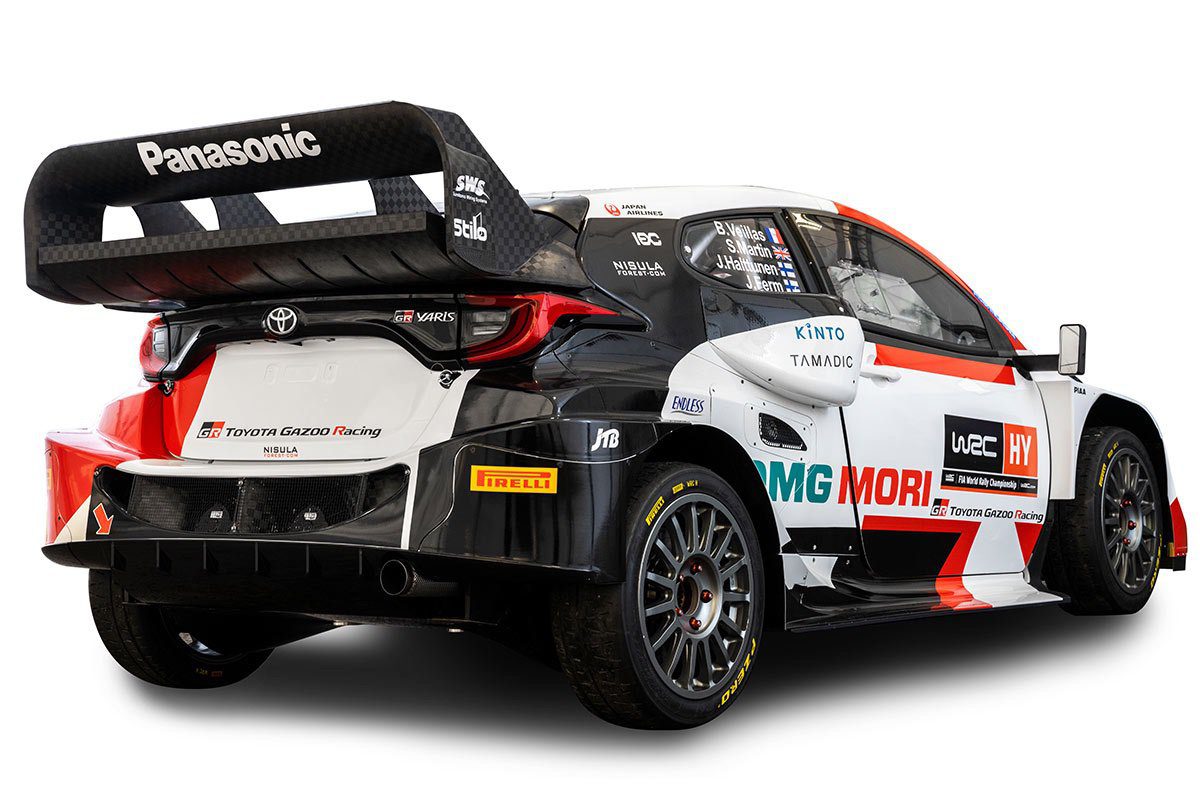
When the cars are at the start of the special stages, however, a transponder will automatically switch the cars into “stage mode.” This means the system will give the car a boost to get off the line, but after a certain amount of energy is used, it stops boosting.
To be able to use the boost again, the driver must either lift off enough or brake enough, to generate enough charge to pass a certain level the engine and power map cuts off at. This is currently known to be 30 kilojoules of recovered energy before a boost is activated the next time the throttle is depressed with no braking, and how the energy is deployed is based on one of three homologated deployment maps from the FIA, depending on the surface being raced on.
In effect, unlike F1 and WEC where you are time-limited on your deployments per lap, the Rally1 Hybrid system is energy-limited. The mapping is set up so that you will start the day at full energy, and by the time you’re back to the service park after three or four stages, your battery is getting pretty low. This keeps the competition fair and also involves some driver skill, feeling for the right time to plant the foot to deploy all 135 HP instead of just 60 or 70 on moderate acceleration.
Going Green: Why the WRC Is the First to Use 100% Sustainable Fuel
The other half of the new Rally1 Hybrid cars is that they are the first, out of any of the top-tier motorsports vehicles, to use 100% sustainably sourced bio-ethanol fuel. Apart from the environmental benefits of using such a fuel, which burns cleaner and has no hydrocarbons in the exhaust compared to race-grade petrol, the primary reason for this is that in a very distinct way, the engines used in Rally1 cars are mostly the same as the engines used in their road cars.
As part of the homologation rules, while the drive system must be all wheels, and the transmission must be a sequential, the engine block itself must be from the road-going version of the car, and can be modified for higher power only in very specific ways as outlined in Appendix J 2022 Article 262 of the FIA WRC Sporting Regulations. This means that the engine block in one’s Toyota Yaris, Ford Puma, or Hyundai i20N is technically the same chunk of metal as is in the front of a Rally1 car.

Without getting into the often mind-warping, complicated chemistry involved, bio-ethanol packs a lot of potential energy when introduced into a compressed combustion setting. This is despite the fact that petrol, when combusted in either a turbo or naturally aspirated engine, produces more heat energy that can be translated into motive, working energy. It’s complicated! Combine that potential energy with the fact that bio-ethanol is naturally super-high octane, and you have a fuel that seems almost tailored for use in a turbocharged engine.
It won’t pre-detonate, it can be compressed much more than petrol can when misted, and also carries some oxygen as part of its chemical makeup—meaning that not only does it love compressed air, it also burns cleaner than petrol.
To get the 350 HP that the WRC 1 cars used to run, teams would use petrol with an octane rating between 98 and 105, depending on where the rally was taking place. With just straight-up, regularly produced bio-ethanol, it’s coming in at nearly 110 octane, which is why the cars are now producing 370 HP from almost the exact same engines as the WRC 1 cars.
It’s also why bio-ethanol is the sustainable fuel of choice, as it can be made from pretty much any organic plant material, including waste after harvesting food-grade crops like wheat stalks and corn husks—although non-food corn and wheat crops are the preferred sources when using the entire plant.
Since motorsports are also known as “rolling laboratories,” it is fair to say that by using 100% sustainable fuel in the harshest, roughest motorsport out there, in engines that bear some resemblance to their road-going brothers, the Rally1 Hybrid cars are showing that we don’t need to give up on internal combustion engines in their entirety to save the environment and the future. Intelligently designed, sustainably produced fuels can keep the motors running, the sound coming out of the exhaust pipe, and critically, the exhaust itself cleaner than petrol and petrol-ethanol mixes.
Why the Hybrid System Makes Sense Instead of Going Fully Electric
The question has been asked recently why the Rally1 Hybrids were still, well, hybrids. Why not go fully electric?
The easiest answer to that is range. While electric cars, and especially electric racing cars, are here and here to stay, some motorsports will cover hundreds of kilometers in a day. Some stages of the WRC can be up to 50 to 60 KM (31 to 37 miles) long, and then add in tens to hundreds of kilometers of road travel between the stages and the service park, and range becomes a huge limiting factor.
This isn’t to say, however, that electric rally cars don’t exist. They do, but for the faster, higher contact sport known as Rallycross, where a whole new generation of rally cars known as RX2e are racing head to head, jumping, sliding, often rolling over or flipping, around specially designed small courses. It’s an often insane sport, with up to 8 cars on the same course jumping over gaps and sliding through turns door to door or even closer, and is absolutely worth seeing live if you can.

The other aspect that makes a hybrid work better than fully electric out on proper rally stages is that if the electric part of the drivetrain fails, you still have a normal engine to limp back to the service part, or at least off the course, with. If you run out of battery or your electric system fails in the middle of a stage in an EV, that’s it. There is no other option other than get out and push, and seeing as the batteries needed to make even an RX2e car weigh somewhere in the range of 250 to 300 lbs, the car would weigh a literal ton.
For now, sustainable fuel, powering an internal combustion engine, aided by a performance hybrid system, keeps the racing going. It’s exciting, fast, and the drivers will demonstrate some of the finest, most precise car control you will even see in your life. If you don’t believe us, just watch this video of multiple world champion Sebastien Loeb in the first outing of the Rally1 Hybrid cars, Rally Monte Carlo, through the tight and twisting mountain stages…


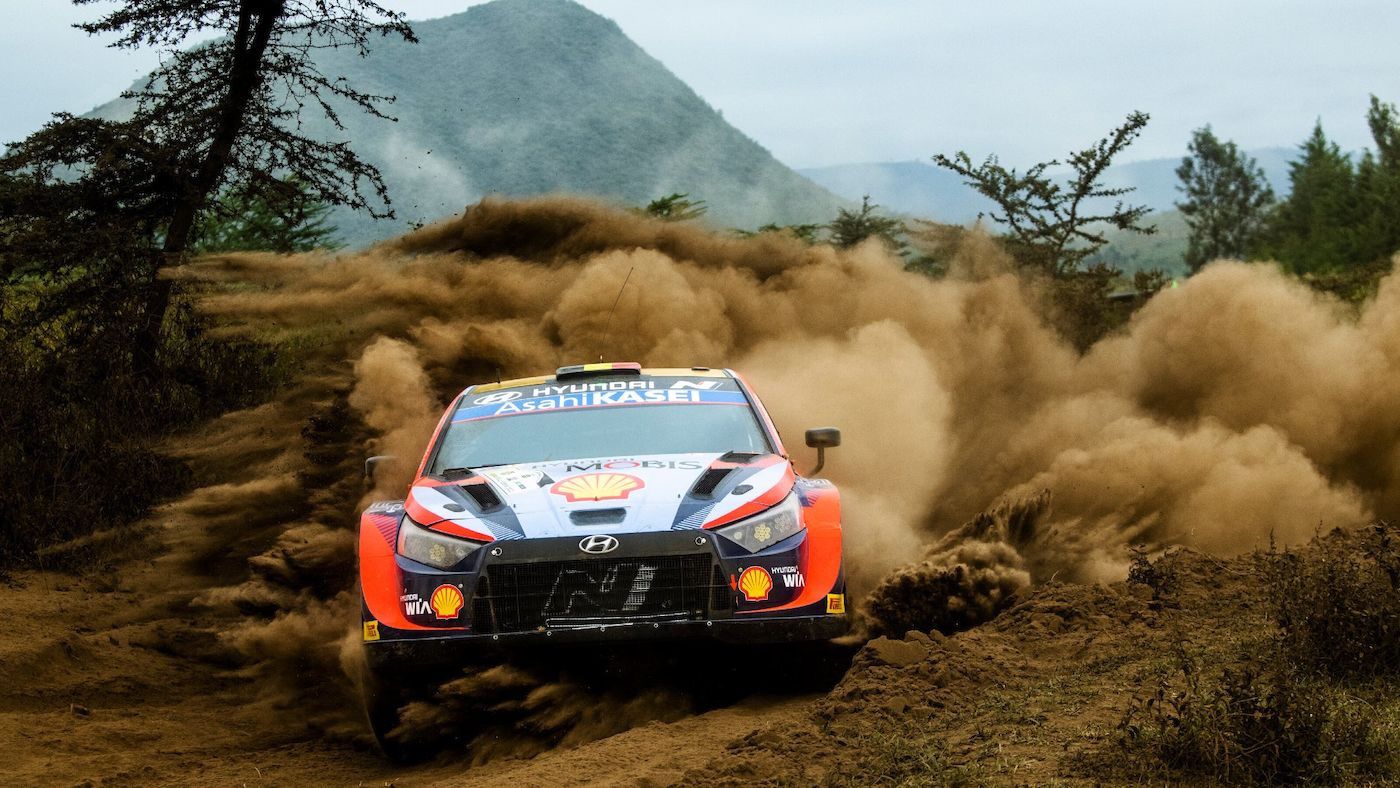
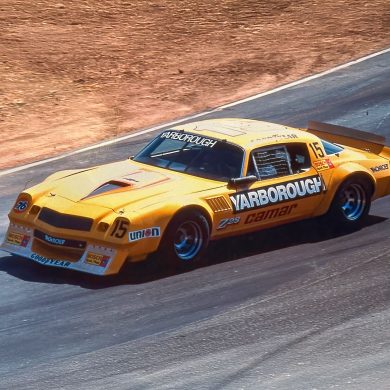
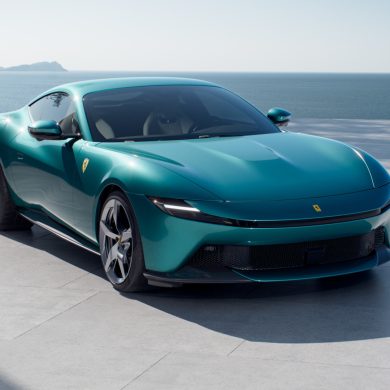

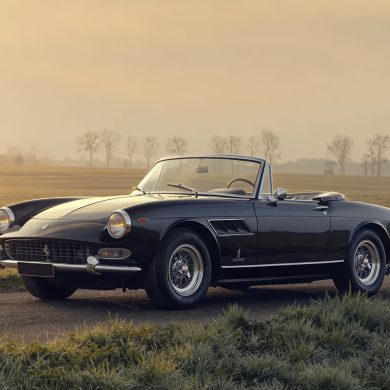
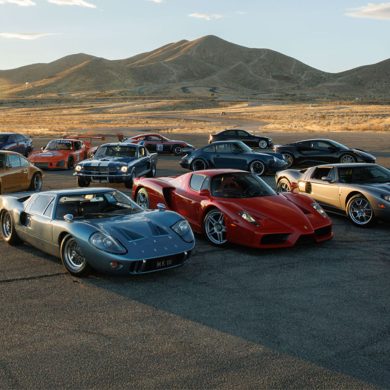
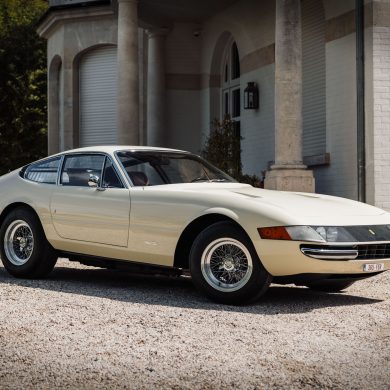


WRC: Real cars, real roads, real fast.